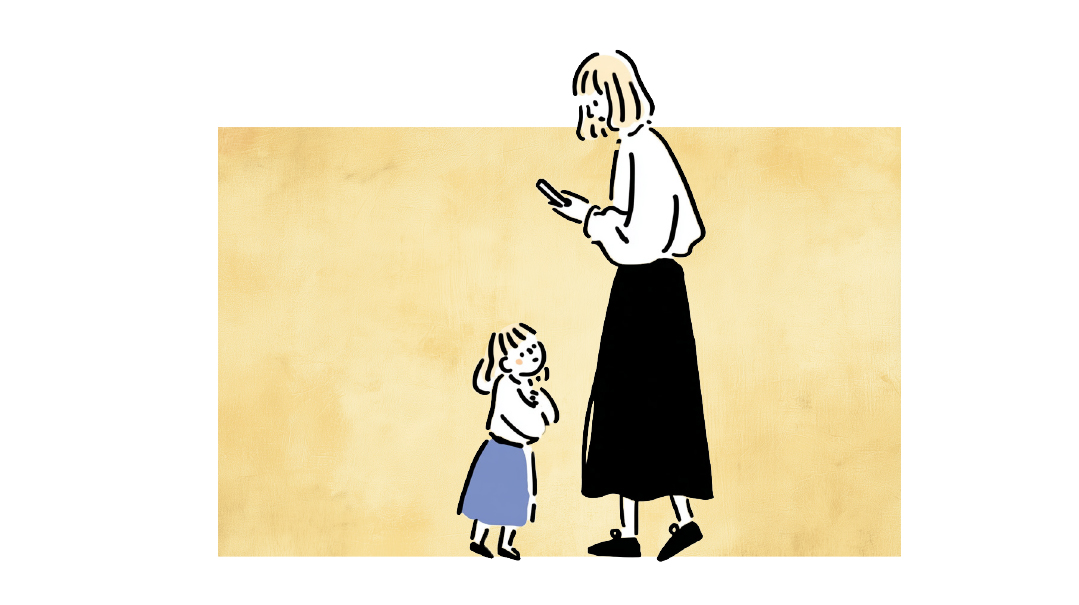Feelings First


A little understanding goes a long way
I
t was a typical scene in the Goldman residence: Five-year-old Tamar wasn’t ready for bed. Mom was feeling exasperated. “Tamar I’ve asked you twice already — please stop jumping on the sofa and go get your pajamas on.” Tamar protested that it wasn’t fair — everyone else got to stay up longer. Mom told Tamar that she was going to count to three and if she wasn’t off the couch by then Mom would have to take her off forcibly.
Tamar continued to jump protesting even more loudly that it wasn’t fair. Finally Mom grabbed Tamar’s arm and yanked her off the furniture. Tamar pulled hard the other way kicking and screaming. Mom threatened: “If you don’t stop this right away young lady you will lose your bedtime story. I mean it!”
Tamar sobbed louder and continued to pull in the other direction. “That’s it! No story tonight!” Mom declared.
Tamar broke loose and grabbing the small footstool; she threw it hard. Then she ran around the living room in a frenzy grabbing papers books and pillows and throwing everything all over the place. At this point Mom could take it no longer. She grasped Tamar’s little shoulders and shook her hard: “I will not stand for this behavior!” Her face contorted into a threatening snarl. “You’re going to pay for this!” she hollered as she tugged her daughter up the stairs.
By the time “bedtime” was over Tamar knew in every fiber of her being that she was a very bad girl and Mom knew that she was a failure as a parent.
The Downward Spiral
Some children are truly challenging. They are defiant by nature: cooperating with a parental directive seems to be an alien concept for them. Some of these kids are born this way and in some cases nothing a parent does will make much of a difference in their behavior. Some are made this way growing up in a household without rules boundaries limits or consequences. Most are somewhere in between possessing a challenging set of genes and normal parents — a combination that often allows misbehavior to escalate rather than improve.
Normal parents do what comes naturally: they address misbehavior directly. In the example above for instance we see that Tamar’s mom asks for compliance and when she doesn’t get it she threatens Tamar with negative consequences. When Tamar becomes even more uncooperative Mom applies the consequences. The two continue to escalate in a mutually destructive cycle.
Clearly little Tamar has a couple of issues. She finds it difficult to comply with authority and she has trouble regulating her emotions. The solution however is not to simply apply more authority. The solution lies in understanding.
When the parent consistently shows understanding of the child’s feelings the child becomes more and more cooperative over time and more able to quickly calm down and shift gears. This is a well-documented scientific fact established by extensive research. But of course you can do your own experiment at home.
An Alternative Scenario
As a parent begins to respond by focusing on a child’s feelings the child begins to experience the parent’s benevolent intent. Instead of perceiving a war between herself and her mother the child now begins to feel alignment. At first defiance and meltdowns might continue as before but after many months the child typically shows evidence of understanding other people’s feelings better calming down more quickly cooperating more readily and other signs of a healthier happier way of being. This improvement continues to grow over time.
Showing understanding by naming and accepting a child’s feelings doesn’t solve all of her developmental challenges or heal every deficit. It does however help her function better on every level improves cooperation and emotional regulation and strengthens the parent-child bond.
If our scenario above happened in a home where Mom had been practicing the understanding approach for a month or so it might appear like this:
Tamar isn’t getting ready for bed despite Mom’s requests. Mom asks a third time and Tamar declares that “It isn’t fair — everyone else gets to stay up later.” Mom shows understanding by acknowledging the difficulty.
“I know sweetie. It doesn’t feel fair that you’re the only one who has to get ready for bed now. It’s hard sometimes being the littlest in the family! Come honey. Let’s go together and Mommy will help you with your pajamas and then we’ll have time for an extra bedtime story.” Tamar takes Mommy’s hand and they go upstairs together.
Oops! We could not locate your form.




